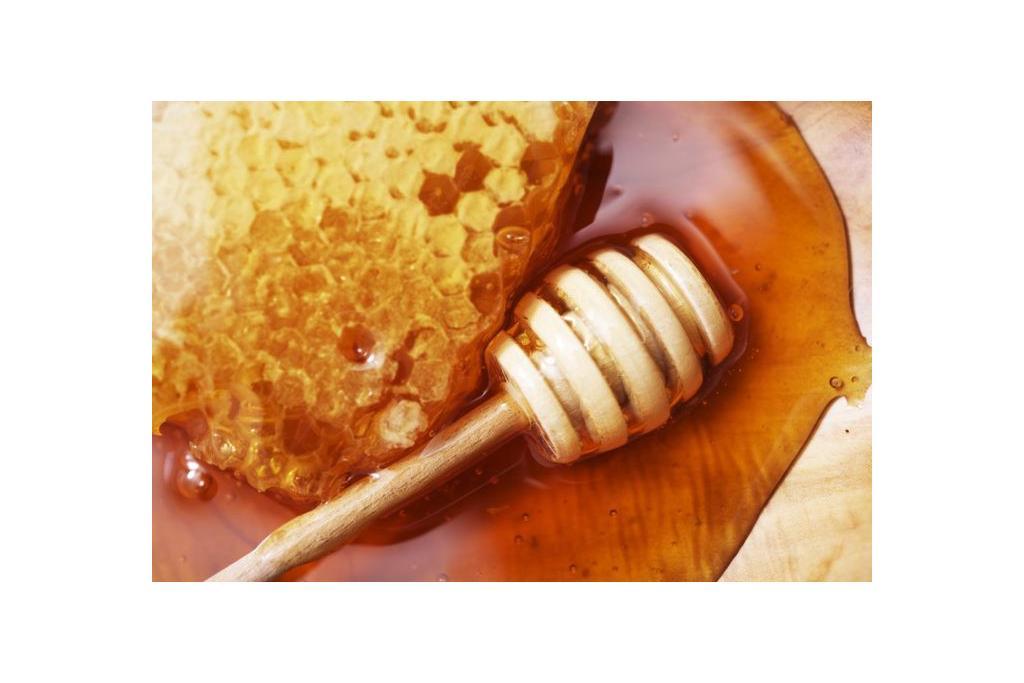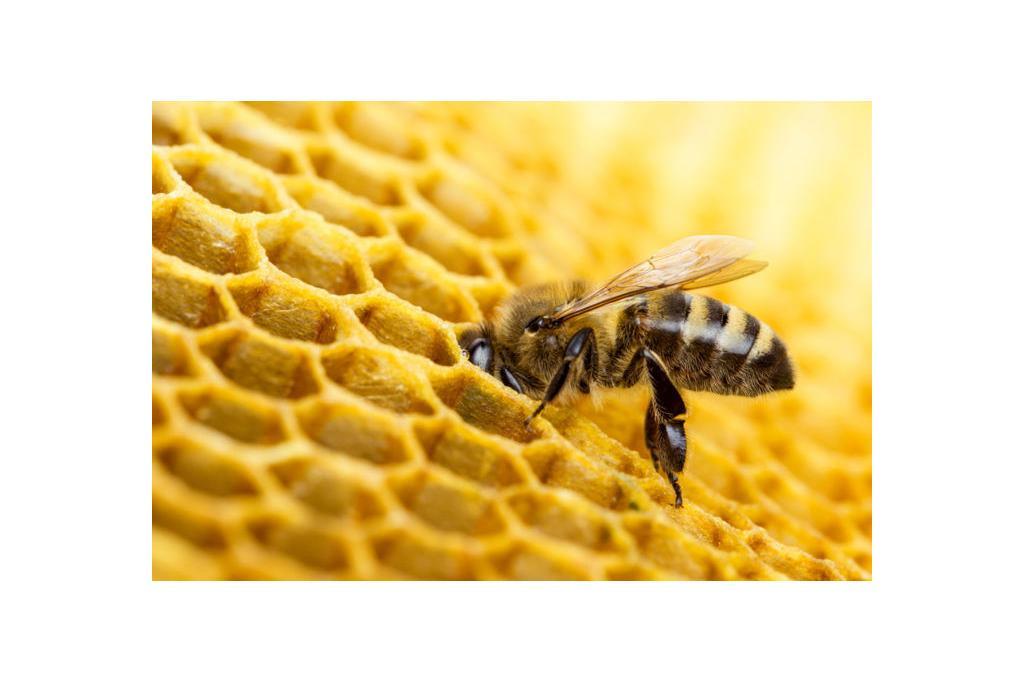The Resurgence of Honey in Wound Management
Although honey has been used in wound management for centuries, and is mentioned in the Koran as a medicine for all disease, its popularity declined with the increasing availability of modern antibiotics, antiseptics and improved surgical techniques. However, with the continuing battle against wound infection and interest in the antimicrobial properties – honey in wound management has been renewed. Today, a number of honey-based wound-management preparations are available commercially and interesting research continues to emerge in this area. [1]
Medical Benefits of Using Honey

Honey is most recognized medically for its antibacterial properties and displays different antibacterial activity depending on the type of honey that is used. [2] Honey is a highly osmolar substance, removing the water necessary for bacterial reproduction while also promoting wound cleansing. [3] The low pH of honey also inhibits proliferation of certain bacteria, thus further reducing the bacterial load of the wound.
Hydrogen Peroxide Byproduct
Honey also contains an enzyme called glucose oxidase, which converts glucose to gluconic acid and hydrogen peroxide. The hydrogen peroxide produced in this way destroys bacteria. This effect has been demonstrated against a range of common wound-colonizing pathogens including Staphylococcus aureus, methicillin-resistant Staph aureus (MRSA), methicillin-susceptible Staph aureus (MSSA) and Pseudomonas, and recently against community-acquired MRSA. [2]
Honey in Wound Management

A large number of case studies have demonstrated the efficacy of honey in a wide range of wound conditions such as pressure ulcers, rheumatoid ulcers, lacerations, and abscess. [4,5] There have been some reports of increased pain, although the evidence is not yet conclusive. [6] Honey also appears to have a particularly beneficial effect on malodorous wounds. [4]
Food-Grade Honey – Not the Same!
Food-grade honey is not a sterile product and may be naturally contaminated with several organisms that if applied to wounds, may actually act as inoculums of potentially pathogenic skin pathogens to the wound. [2] Therefore clinicians should only consider the use of honey preparations that have been sterilised so that no residual microflora remains to act as potential inoculants to bacterial organisms.
Become Wound Care Certified, Honey
A great way to learn more about innovative wound care products is to become certified in wound care. A wound care certification helps you keep on top of advances in wound management, improves your skills, and demonstrates to your patients and colleagues that you are committed to providing the best in wound care.
Learn More With Our Wound Care Education Options
Interested in learning more about honey in wound management, wound care, and certification? Browse through our wound care certification courses for information on our comprehensive range of education options to suit healthcare professionals across the full spectrum of qualifications and experience.
References
- Gethin G. Honey in wound care: understanding the evidence. Nursing in Practice September/October 2008, Number 44
- Maeda Y, Loughrey A, Earle JA, et al. Antibacterial activity of honey against community-associated methicillin-resistant Staphylococcus aureus (CA-MRSA). Complement Ther Clin Pract 2008;14:77-82.
- Chirife J, Herszage L. Sugar for infected wounds. Lancet 1982;2:157.
- Gethin G, Cowman S. Case series of use of Manuka honey in leg ulceration. Int Wound J 2005;2:10-5.
- Van der Weyden EA. The use of honey for the treatment of two patients with pressure ulcers. Br J Community Nurs 2003;8:S14-20.
- Dunford CE, Hanano R. Acceptability to patients of a honey dressing for non-healing venous leg ulcers. J Wound Care 2004;13:193-7.
